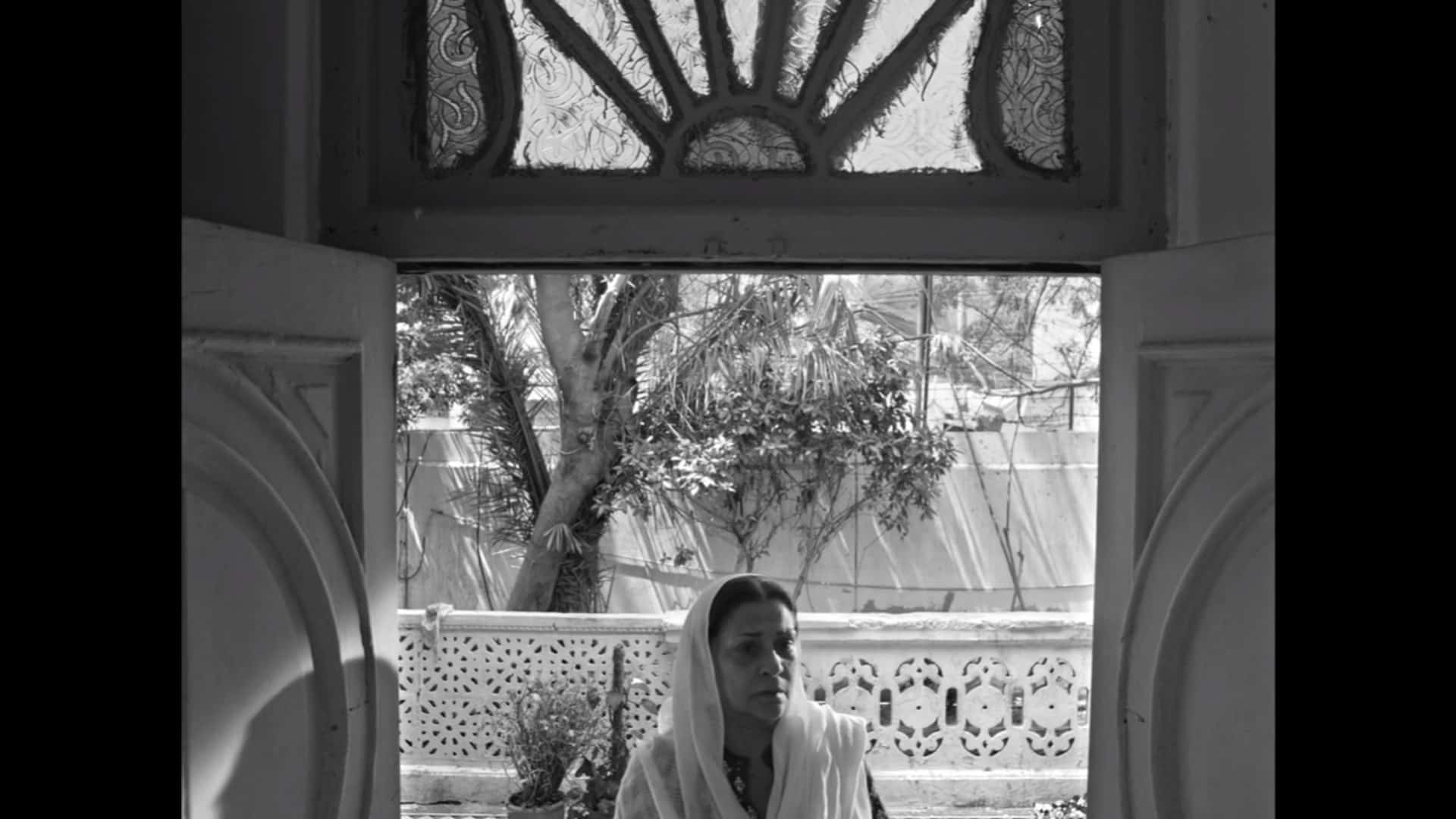Produced and directed by Ram Gopal Varma and written by Saurabh Shukla and Anurag Kashyap, “Satya” was released on 3 July 1998 to critical acclaim, particularly for its realistic depiction of the Indian underworld. It was a commercial success, grossing ₹15 crore (US$1.9 million), and helped launch a number of careers (especially for Kashyap and Bajpayee). The film won six Filmfare Awards and a National Film Award for Bajpayee.
Satya, a young man, arrives in Mumbai essentially with nothing, in search of work and lodging, and almost immediately finds both with the help of a man who rents him a place to live. The dance bar he works as a waiter is filled with criminals, and soon finds himself in trouble, particularly because he is quite prone to violence himself. After a few incidents, he ends up in prison. While there, and after a violent fight with him, he ends up befriending Bhiku Matre, a known criminal in the area, who ended up in prison after ordering a hit on a film producer. As soon as Satya is out of prison, Bhiku helps him become one of the men of Kallu Mama, the boss of the gang he is one of the top men at, with the latter also offering him an apartment. Soon, he also meets aspiring singer Vidya, a very beautiful girl who seems to like him also. At the same time, and particularly after Bhiku is released, he embarks on a violent spree with his group, with his ruthlessness helping the gang soon to become among the leaders of Mumbai's underworld. Eventually though, their actions start having consequences, and no one among them, or around them, is safe.
Ram Gopal Varma presents a gritty, dark, completely unromanticised crime movie, with his heroes and particularly Satya portrayed as people who ended up in organized crime when they realized this was the only way for them to survive. That the majority of them remain underprivileged for the majority of the story, despite the fact that they are forced to kill and maim in order to stay alive and make a living, highlights this approach in the best fashion. Equally pointed is the depiction of the connection of organized crimes with the political world and the show business, in another very interesting comment here. In that way, Varma's depiction of the particular setting emerges as both realistic and dramatic, with the ending titles regarding his main hero highlighting his approach in the most eloquent fashion.
Another point of excellence is the characterization, with the antithesis between the silent, introverted, but also rather cruel Satya and the always cheerful, talking and laughing Bhiku being one of the best traits of the movie. The same appeal also applies to the two main female characters, with Vidya's innocence and kind hearted behaviour, and Pyari's interactions with her husband being among the most hilarious moments in the movie, particularly in the way Bhiku always manages to make her laugh no matter how angry she is.
This aspect also benefits a lot from the acting. J.D.Chakravarti plays the titular character in a laconic, “I just do and I don't talk about it” attitude quite convincingly, but the one who steals the show is definitely Manoj Bajpai, who is the true star here as Bhiku, filling the screen with his charisma and his very fitting extravagance every time he appears on it. Urmila Matondkar as Vidya is rather pleasant, particularly in the scenes where she smiles and is in general happy, while the way Shefali Shah as Pyari Mhatre turns from being angry to giggling is one of the most appealing aspects of the movie. From the rest of the cast, the one who steals the show is Saurabh Shukla as Kalu Mama, with his bossy but also funny demeanour being quite entertaining.
At the same time though, the aforementioned comments do not mean that the movie is just a drama. On the contrary, the action scenes are in abundance here, and the fact that they involve hand-to-hand combat, guns, and single shot assassinations adds to their quality, although the choreography particularly in the first ones could have been better. And since I mentioned a negative aspect of the movie, some issues with the pacing also exist, particularly in the beginning, while the many and quite lengthy music video scenes, especially in the second part, are as annoying as usually in Bollywood movies, even more so as they extend the duration of a movie that would be quite long even without them, to almost 3 hours. The loans from Hollywood movies and particularly “The Godfather” are also evident on occasion, as much as some editing ‘tricks' remind of nouvelle vague tactics, but in general, the direction and the script remain rather original.
Gerard Hooper and Mazhar Kamran's cinematography capture the claustrophobic setting of Mumbai's “underworld” with realism and artistry, with the action scenes in the various narrow spaces being the apogee of their work. Apurva Asraniand Bhanodaya's editing has the issues mentioned above, but the overall pace here is excellent, inducing the movie with a frantic speed that suits the overall aesthetics to perfection. Lastly, I felt that the quality of the production values as a whole finds its apogee in the scene of the Ganesh Chaturthi celebration at the beach, which is probably the most memorable and well-shot in the whole movie.
“Satya” is a true crime epic, a film that has stood the test of time, and one that all fans of the particular category should definitely watch.

















